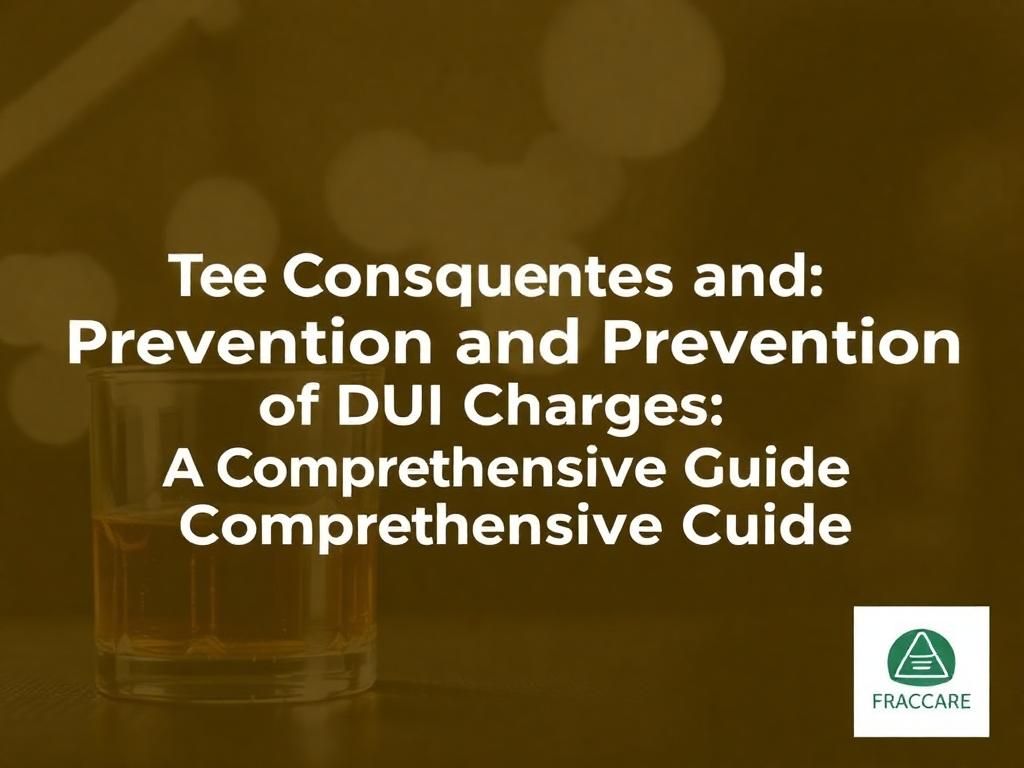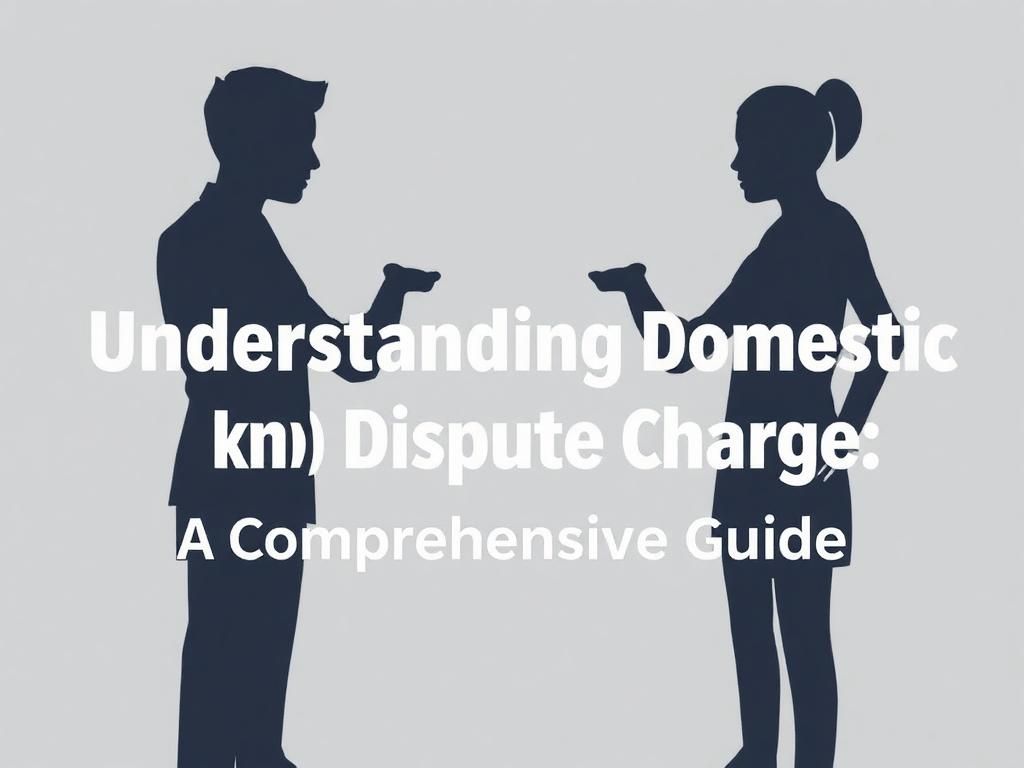Bodily injury settlements are a critical aspect of personal injury law, providing compensation to individuals who suffer injuries due to the negligence or wrongful actions of others. Understanding the nuances of a bodily injury settlement can significantly impact the outcome of your claim, both financially and emotionally. In this article, we will explore various facets of bodily injury settlements, including their definition, the settlement process, valuation, negotiation strategies, and common misconceptions.
Understanding Bodily Injury Settlements
Definition of Bodily Injury
In legal terms, bodily injury refers to physical harm or injury inflicted on a person, which can include a wide range of traumas. This may encompass anything from minor sprains to severe, life-altering injuries. Common types of bodily injuries recognized in legal cases include:
– Whiplash
– Broken bones
– Traumatic brain injuries
– Back injuries
– Soft tissue injuries
Each of these injuries can have a substantial impact on the victim’s life, warranting a settlement for damages incurred.
Overview of a Bodily Injury Settlement
A bodily injury settlement is a legal agreement that resolves a personal injury claim without going to trial. It usually involves a monetary payment made by the party at fault or their insurance company to the injured party. Settlements are essential in personal injury cases as they provide a faster resolution, allowing victims to receive compensation for medical expenses, lost wages, and other damages quickly.
The Process of Obtaining a Bodily Injury Settlement
Initial Steps After an Injury
The immediate actions taken after sustaining an injury are crucial for securing a strong settlement. These steps include:
1. **Seeking medical attention**: Prompt medical care not only ensures your health but also creates medical records that are vital for your case.
2. **Collecting evidence**: Gathering evidence such as photographs of the accident scene, witness statements, and personal notes can bolster your claim.
3. **Reporting the incident**: Filing a police report or informing your insurance company is necessary to document the event, which can play a significant role in settlement negotiations.
Documentation Required for a Settlement
For a successful bodily injury settlement, the following documentation is often essential:
– **Medical records and bills**: Proof of treatment and expenses incurred due to the injury.
– **Proof of lost wages**: Documents such as pay stubs or employer letters that illustrate income loss due to the injury.
– **Other evidence of damages**: This includes repair estimates for any property damage, expense receipts related to the accident, and psychological evaluations if applicable.
Choosing Legal Representation
When navigating a bodily injury claim, hiring a personal injury attorney can be invaluable. A skilled attorney understands legal nuances and can negotiate effectively on your behalf. Consider the following factors when choosing an attorney:
– They specialize in personal injury law.
– They have a proven track record of successful settlements.
– They offer a free consultation to discuss your case.
Valuing Your Bodily Injury Claim
Factors Affecting Claim Value
The value of a bodily injury claim is influenced by several factors, including:
– **Severity and types of injuries sustained**: More severe injuries generally lead to higher compensation.
– **Cost of medical treatment and rehabilitation**: The expenses incurred for treatment directly impact the settlement amount.
– **The impact on lifestyle and work capability**: Injuries that affect one’s ability to work or perform daily tasks can lead to increased compensation.
Calculating Economic and Non-Economic Damages
Understanding the two primary types of damages in a bodily injury settlement is crucial:
– **Economic damages**: These are tangible losses including medical expenses and lost earnings. Documentation like bills and pay stubs will substantiate these claims.
– **Non-economic damages**: These encompass intangible losses such as pain and suffering, emotional distress, and loss of enjoyment of life. Calculating these can be more complex as they involve subjective assessments.
The Role of Insurance Companies
Insurance companies play a significant role in bodily injury settlements. They evaluate claims based on their policies and often employ adjusters who may minimize payouts. Understanding their tactics is essential for successfully negotiating settlements:
1. **They may undervalue claims**: Initial offers are often low, so evaluating your claim accurately is crucial.
2. **Tactics insurance adjusters use**: Adjusters may use various tactics to limit liability or delay payments, including undermining the severity of your injuries.
3. **Importance of negotiating with insurers**: Always engage in negotiations instead of accepting the first offer presented to you.
Negotiating a Settlement Offer
Making the Initial Demand
When initiating negotiations for a bodily injury settlement, it is vital to present a well-structured demand to the insurance company. Effective negotiation tips include:
– Back your demand with thorough documentation.
– Highlight the impact of the injury on your life and work.
– Be assertive but remain professional throughout the process.
Common Negotiation Strategies
Engaging in negotiations requires an understanding of various strategies:
1. **Understanding the minimum acceptable settlement**: Know your bottom line before starting negotiations.
2. **Responding to initial offers**: Always counter initial offers that are significantly low; it’s usually not reflective of fair compensation.
3. **Counteroffers and rebuttals**: Prepare to make counteroffers that reflect the true value of your claim, using documentation to support your position.
When to Accept a Settlement Offer
Accepting a settlement offer can be challenging. Consider the following factors:
– Review whether the offer adequately covers your damages.
– Consult your attorney to evaluate the possible outcomes of litigation versus settlement.
– Ensure that the settlement is final, and understand that accepting it typically waives your right to seek further compensation.
Litigation: When Settlements Aren’t Possible
Understanding Litigation
In some cases, pursuing litigation may become necessary. Consider filing a lawsuit in situations where:
– The insurance company refuses to negotiate in good faith.
– The offered settlements do not cover your damages adequately.
The process typically involves filing the lawsuit and following through with court proceedings.
Pros and Cons of Litigation vs. Settlement
When deciding whether to settle or litigate, weigh the pros and cons:
– **Benefits of litigation**: There is potential for higher compensation, especially if the case is strong.
– **Downsides of litigation**: Litigation can be time-consuming, expensive, and the outcome uncertain.
Preparing for Court
If litigation becomes necessary, you must prepare thoroughly:
– **Gathering evidence**: Compile all relevant evidence, including documents, witness statements, and expert assessments.
– **Role of witnesses and expert testimony**: Consider how witnesses’ and experts’ contributions can bolster your case in court.
Common Misconceptions About Bodily Injury Settlements
Misconception 1: All Claims Go to Trial
Many individuals believe that every bodily injury claim results in a trial. In reality, a significant percentage of cases settle out of court, avoiding the time and expense of litigation.
Misconception 2: You Should Always Accept the First Offer
It’s a common pitfall to assume the first offer is fair. Many initial offers tend to be low and do not fully account for all damages. Always negotiate based on your needs and evidence.
Misconception 3: Legal Representatives Aren’t Necessary
Some people think they can handle their claims without legal help. However, having a knowledgeable attorney can significantly improve your chances of obtaining a fair settlement and navigating legal complexities.
| Key Point | Description |
|---|---|
| Definition of Bodily Injury | Physical harm inflicted on a person due to negligence. |
| Importance of Settlements | Quick resolution for compensation without court disputes. |
| Documentation Needed | Medical records, proof of lost wages, and expense receipts. |
| Types of Damages | Economic (tangible losses) and Non-Economic (intangible losses). |
| Negotiation Strategies | Present clear documentation and be prepared to counter initial offers. |
| Misconceptions | Many believe all claims go to trial and that first offers are the best. |
FAQs About Bodily Injury Settlements
1. What is the average amount for a bodily injury settlement?
The average settlement amount can vary widely based on the severity of the injury, but settlements often range from a few thousand to several hundred thousand dollars.
2. How long does it take to settle a bodily injury claim?
The timeline for settling a claim can vary, but many cases are resolved within months to a year, depending on negotiation complexity and legal factors.
3. Can I settle my claim without a lawyer?
While it’s possible, having legal representation often improves the likelihood of a fair settlement due to the complexities involved.
4. Are there any upfront costs for hiring a personal injury attorney?
Many personal injury attorneys work on a contingency fee basis, meaning they only get paid if you win your case.
5. What should I do if I’m offered a low settlement amount?
You should consult with your attorney, reassess your claim’s value, and prepare to negotiate firmly based on documented evidence.
6. Can I seek additional damages after accepting a settlement?
Typically, accepting a settlement means you waive your right to seek further compensation for the same injury, so it’s essential to review any offer carefully before accepting.
7. How do insurance companies determine settlement amounts?
Insurance companies evaluate settlements based on various factors, including medical costs, lost wages, and general liability.
8. What is a personal injury protection (PIP) claim?
PIP coverage is a type of insurance that can help pay for your medical expenses and lost wages when you’re injured in an accident, regardless of fault.
9. Should I accept a settlement offer right away?
It’s advisable to review offers carefully and consult with an attorney before making a decision to ensure you are receiving fair compensation.
10. What happens if a settlement cannot be reached?
If negotiations fail, the next step would typically involve filing a lawsuit to seek compensation through the court system.
This comprehensive understanding of a bodily injury settlement, including the entire process from injury to compensation, highlights the importance of awareness and preparation. Navigating these intricacies can significantly affect the outcome of your claim and provide the necessary relief following an injury. Seeking professional guidance is always recommended to ensure your rights and interests are effectively represented throughout the process.


